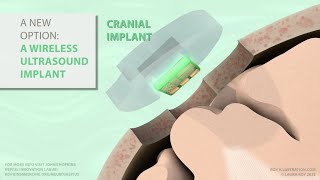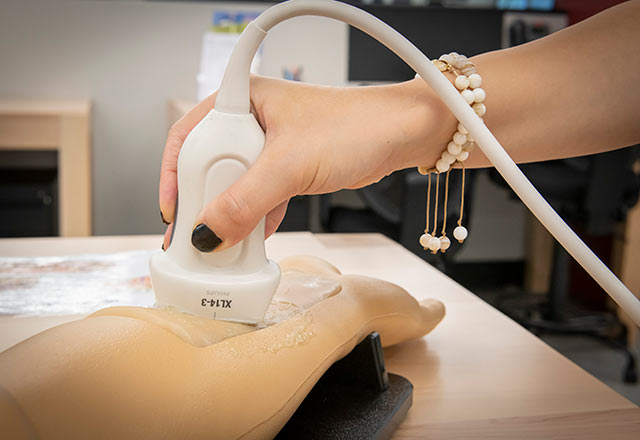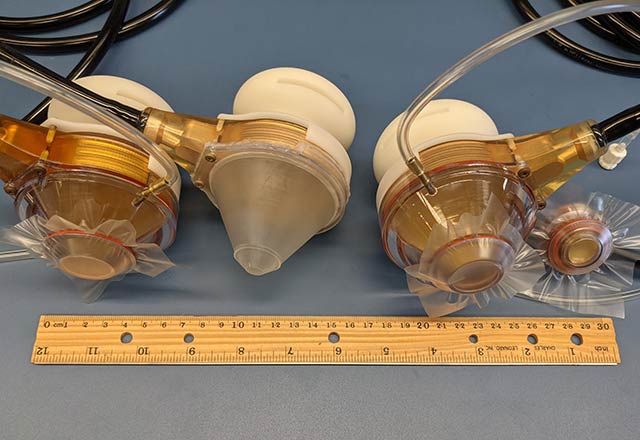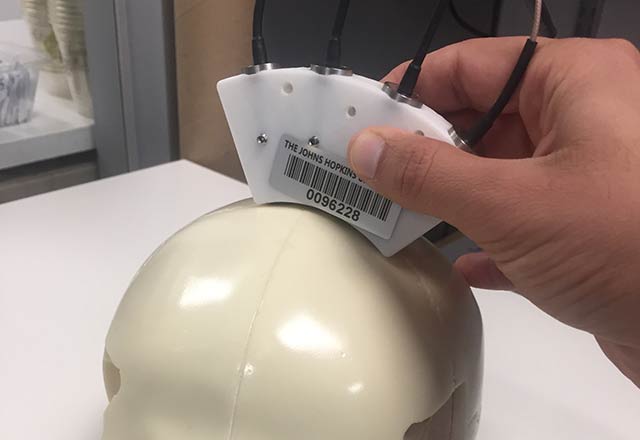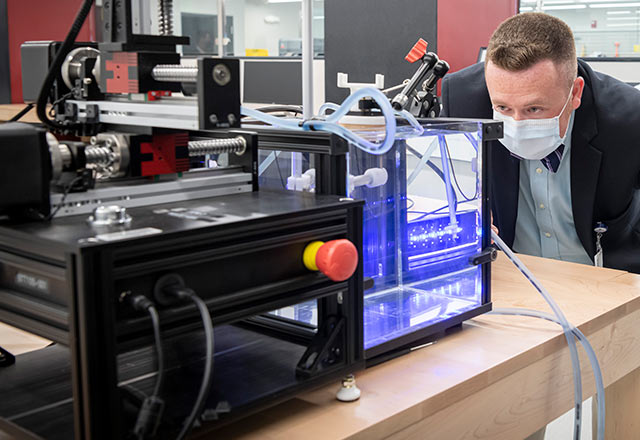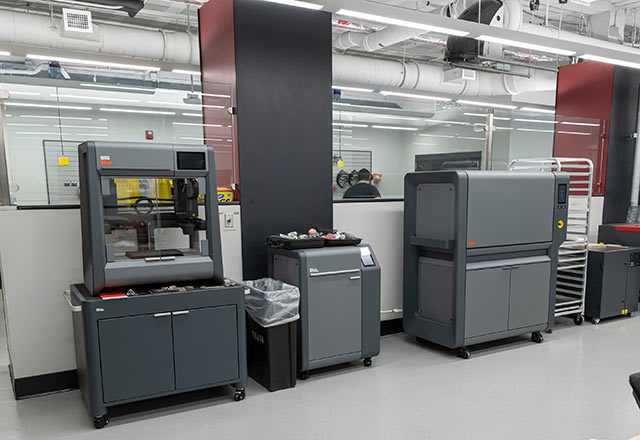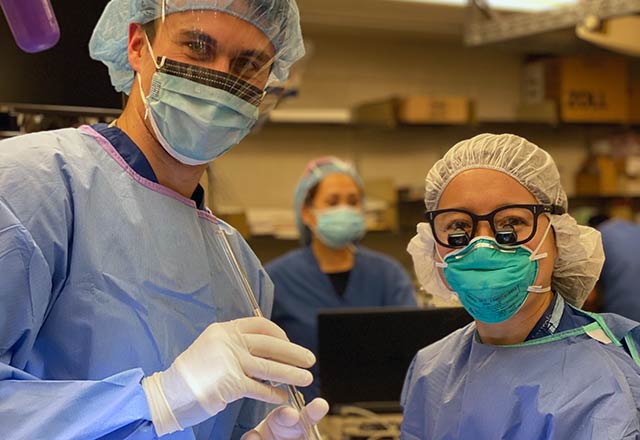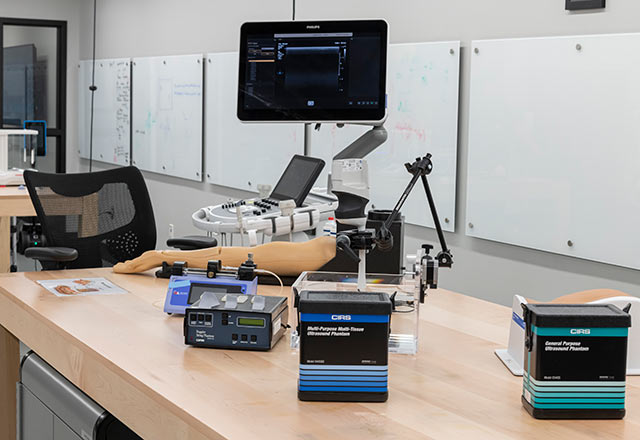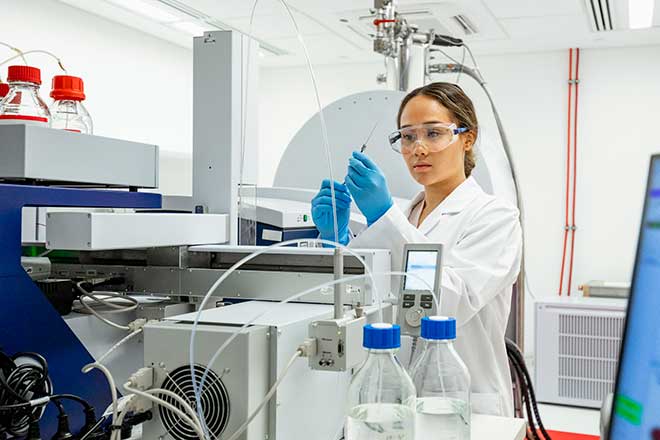Named after the Greek god of medicine and healing, the HEPIUS (Holistic Electrical, ultrasonic and Physiological Interventions Unburdening those with Spinal cord injury) team unites neurosurgeons, biomedical engineers, scientists, radiologists, and other physicians to treat and diagnose spinal cord injuries.
MUSIC Device Receives FDA Breakthrough Device Designation
The HEPIUS Innovation Laboratory is excited to announce that the FDA granted Breakthrough Device Designation for the Multi-function Spinal Cord Implant (MUSIC) device, which provides critical temporary ultrasound imaging during the acute recovery phase after spinal cord injury (SCI). Some 17,000 new cases of SCI are diagnosed annually in the US but current technologies are lacking in their ability to directly monitor the injury site.
Read moreCollaborators
- Sonic Concepts, Inc. (Industry)
- MCRA, LLC. (Industry)
- Columbia University (Academia)
- The Johns Hopkins Applied Physics Laboratory (Academia)
Funding
- $13.48 million grant by Defense Advanced Research Projects Agency (DARPA)
- Johns Hopkins Institute for Clinical and Translational Research (ICTR) Clinical Research Scholars Program (KL2) career development award

